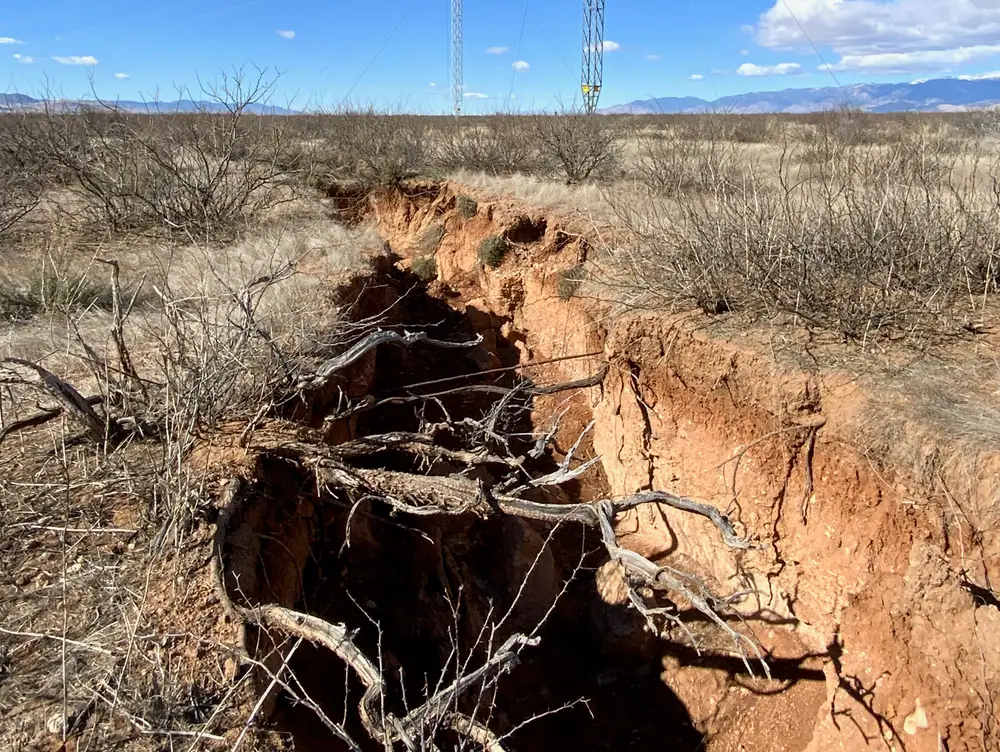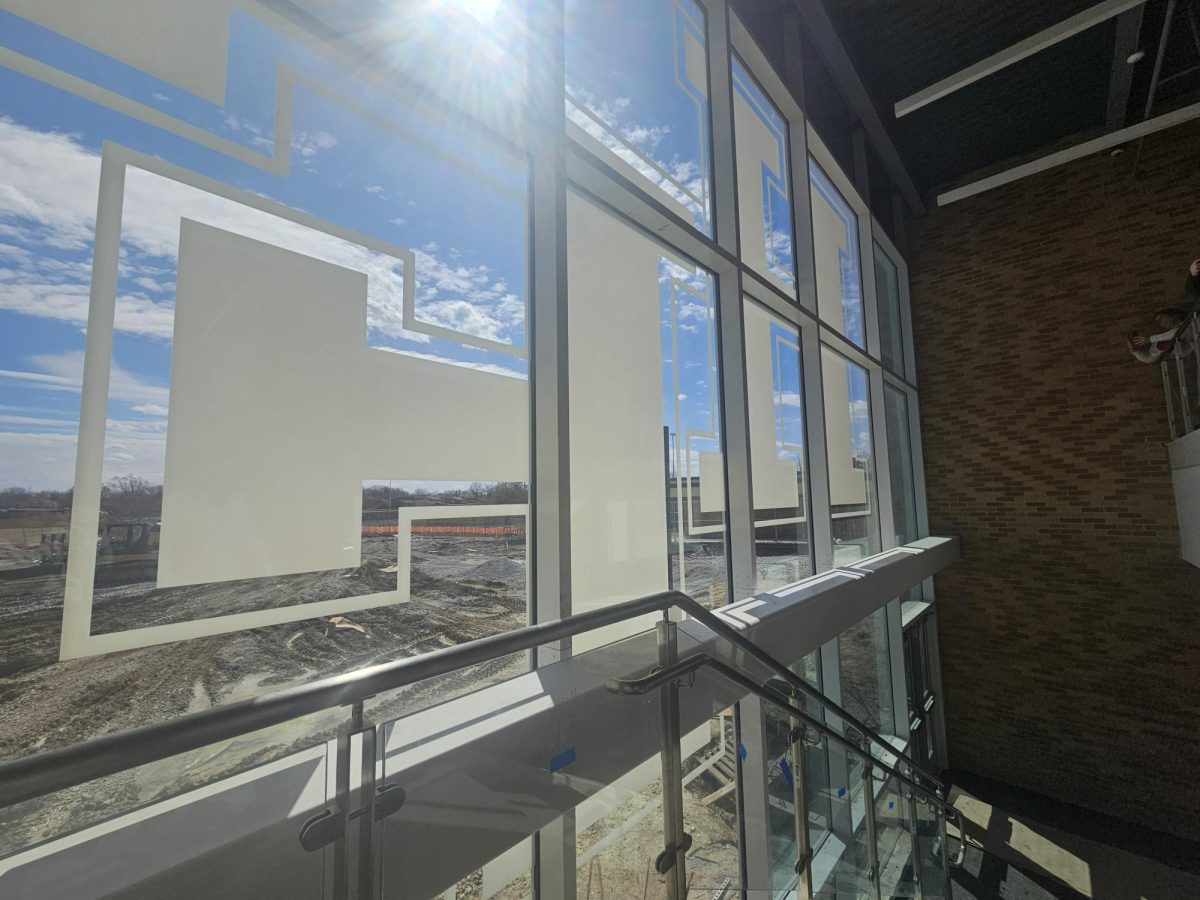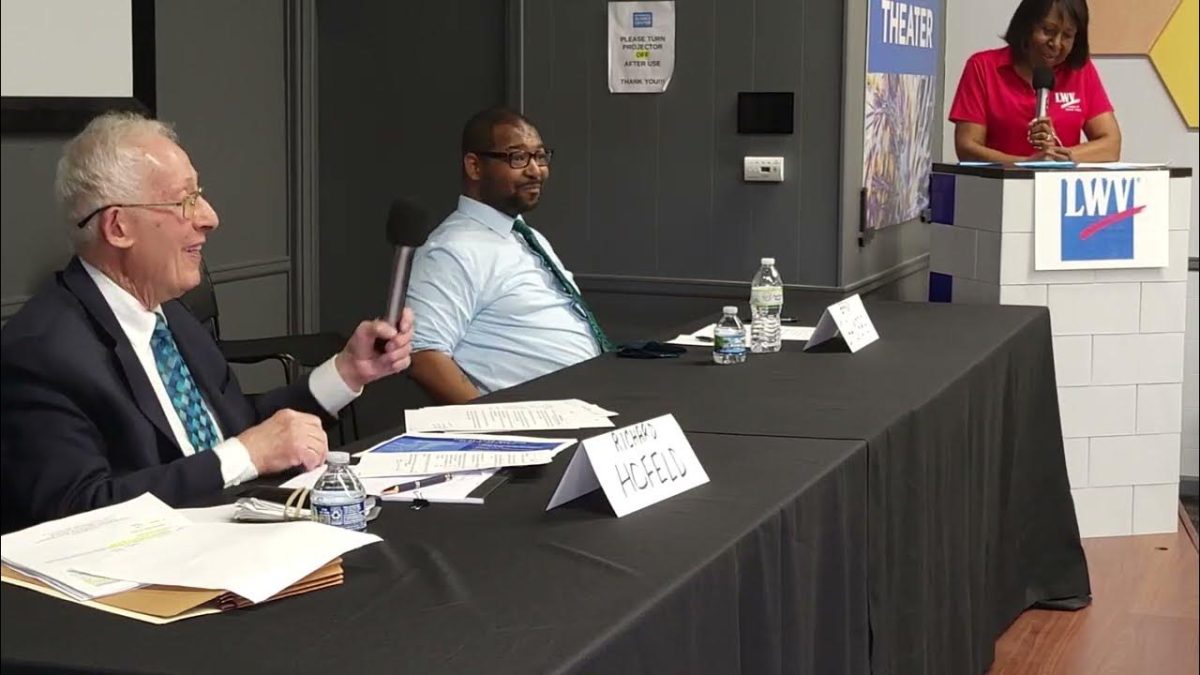Due to the U.S. pumping so much groundwater, giant fissures have begun to form all over the American Southwest in states such as Arizona, Utah and California.
There are currently 169 miles of fissures, according to the Arizona Geological Survey. These fissures can be over a mile in length, 15-25 feet wide and hundreds of feet in depth. One fissure in Arizona’s Tator Hills is two miles long (see photo).
These fissures occur when groundwater is removed at a rate faster than natural aquifers can replenish, a process called “overdraft.” In some parts of Arizona, groundwater has been removed from the Earth 500 times faster than the rate of renewal, according to Atlas Obscura. This causes the Earth to sink and crack open.
These aquifers constitute 90% of America’s US water systems, which makes it difficult to reduce the amount of groundwater being pumped. The global freshwater crisis shows its effects as populations and economies continue to grow and water supplies continue to dwindle.
“One of the solutions has to be economics in terms of getting rid of the subsidies, and drip irrigation,” AP Environmental Science teacher Stephanie Gioiosa explained. “Because in the US we subsidize water, we just waste it.”
Drip irrigation is a system of irrigation in which emitters allow water to slowly drip to the roots of plants, potentially saving water. “We have to really move towards enforcing drip irrigation,” Gioiosa said. “We have to stop spraying water from overhead; it evaporates too quickly.”
In addition to a growing demand for water, these fissures also pose socio-economic threats with potential damage to infrastructure and other physical capital and repair costs potentially in the millions, according to the Arizona Geological Survey. This is both dangerous to Southwest residents and detrimental to those states’ economies.
Gioiosa pointed to Mexico City as well, which is projected to run completely dry by June. Roughly 60% of Mexico City’s water comes from their underground aquifer, which is being extracted at twice the speed of natural replenishment.
In Arizona, infrastructure construction is projected to halt completely in the foreseeable future on projects that have already been approved due to the lack of groundwater. According to Arizona Water Facts, 41% of the state’s water comes from groundwater and 36% comes from the Colorado River, which is drying up at a rapid pace. From 2000 to 2021, 10 trillion gallons of water from the Colorado River Basin was lost due to climate change, ridding millions of people across the American southwest of vital resources, according to UCLA.
Although the water crisis continues to worsen, this issue is nothing new. A New York Times article dating all the way back to 1982 reads, “Officials and geologists say that widespread subsidence and ground fissures could pose a direct threat to the state’s future development,” William E. Schmidt wrote. “A group of consulting engineers in Phoenix held a daylong seminar to advise builders and local city officials about the potential risks and problems of building in subsidence areas.”
Sounds familiar.
Despite the continuity of this issue, the federal government has passed little legislation restricting groundwater use, although some state governments have adopted smaller policies that vary from region to region in an attempt to alleviate the issue. Arizona, for example, now requires a permit to legally pump groundwater in certain regions, unless the water is from an “exempt” well, according to the Arizona Department of Water Resources.










Manuel • Mar 7, 2024 at 11:42 pm
Congress needs to pass a law enforcing Every state with agricultural economic needs or with high building development demands Be mandated for drip irrigation and controlled flood irrigation, to better the water table and everyone’s future.